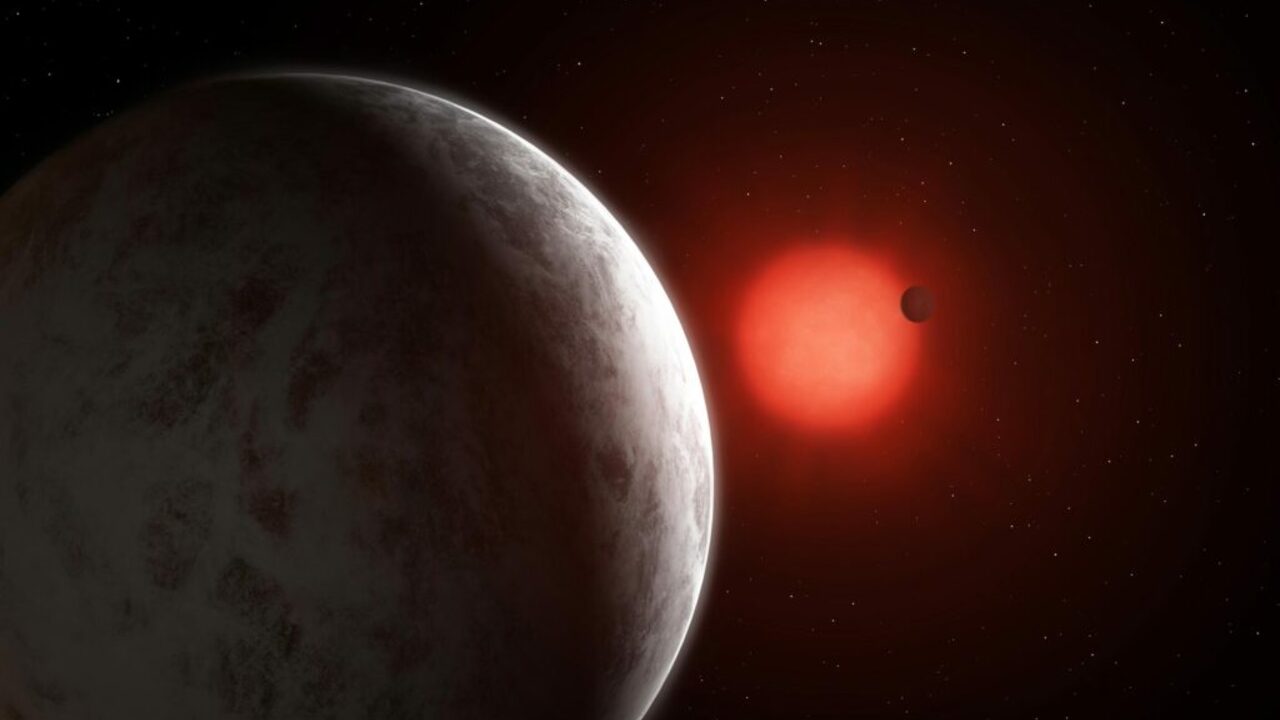The system’s inner planet, named LP 890-9b, is about 30% larger than Earth and orbits the star in just 2.7 days. This first planet was originally identified as a possible planetary candidate by NASA’s TESS satellite.
“TESS uses the transit method to study exoplanets, looking at the brightness of thousands of stars at once, to study the tiny dimming that can be caused by planets passing in front of their stars,” explains Laetitia Delreze, a postdoctoral researcher at the university. He is from Liège and is the lead author of the article. “However, follow-up observations with ground-based telescopes are often required to confirm the planetary nature of the discovered candidates and improve their size and orbital characteristics.”
The SPECULOOS telescopes installed at ESO’s Paranal Observatory in Chile and Tenerife are optimized for high-precision observation of such stars with very sensitive cameras in the near infrared.
Observations of LP 890-9 by SPECULOOS proved fruitful, as it not only confirmed the existence of the first planet, but also played a decisive role in the discovery of a previously unknown second planet. This second planet, LP 890-9c, is similar to the first (about 40% larger than Earth), but has a longer orbital period of about 8.5 days. This orbital period, later confirmed by the MuSCAT3 instrument in Hawaii, places the planet in the so-called “habitable zone.”
The next step will be to study this planet’s atmosphere using Webb, for example, where LP 890-9c is the second most important target among currently known potentially habitable Earth-like planets.
Source: Ferra










